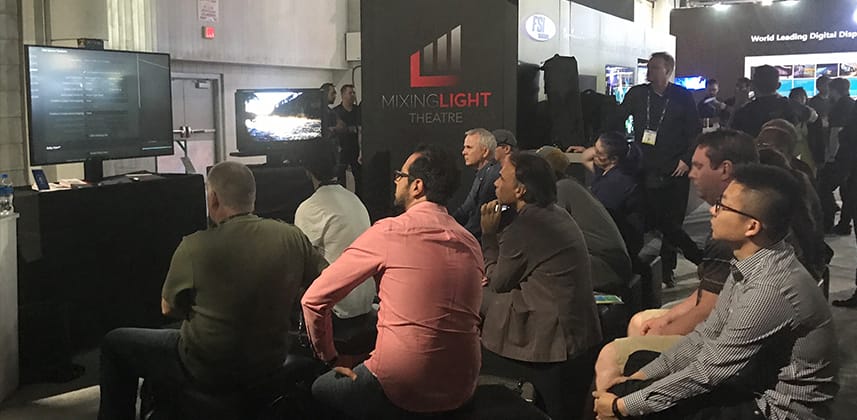How to increase real-time playback in DaVinci Resolve
Creative decision-making on a stuttering timeline is no fun. Luckily, Resolve has the technology to help you beat the real-time blues!
In this webinar, colorist & Mixing Light contributor Jason Bowdach explores everything you need to know about improving your playback performance within DaVinci Resolve. It doesn’t matter if you’re working on a high-powered server or an older laptop or in the free version of Resolve.
By the end of this webinar, you learn:
- Why real-time playback is important and how to judge playback performance within DaVinci Resolve.
- An explanation of multiple performance optimization features offered in Resolve, such as caching, optimized media, performance mode, and proxy mode.
- How to choose your type of storage for cache files?
- How do you develop a performance-optimization strategy for your specific workflow and hardware?
- Are there performance optimizations differences between the Mac and PC versions of DaVinci Resolve?
- How Resolve allows you to work with Optimized media or Proxy resolutions while defaulting to high-quality renders on the Render page.
- What is the difference between Smart Cache and User Cache?
- How do you decide which nodes to set as Node Cache?
- Tips for caching the output of the Fusion and Color pages.
- How you can mix and match optimization strategies for best results.
- What does it mean if you run out of GPU Memory?
- Tips on selecting the ‘Performance Mode’ options in Resolve preferences.
- How does caching interact with RAW media settings?
- How to discover what project a set of render cache folders is for?
- Deleting, archiving, and cleaning up optimized and render cache media.
Member Content
Sorry... the rest of this content is for members only. You'll need to login or Join Now to continue (we hope you do!).
Need more information about our memberships? Click to learn more.
Membership optionsMember Login


